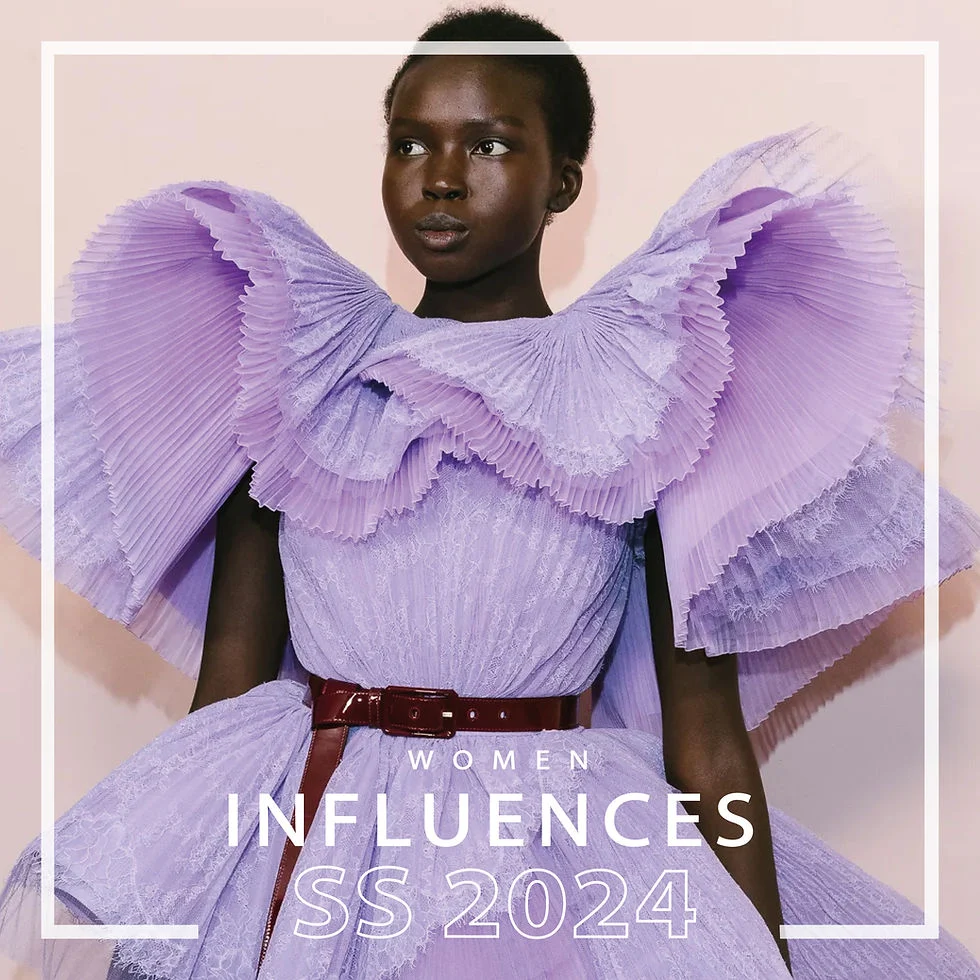In recent years, gender-neutral fashion has emerged as a transformative force within the fashion industry, challenging traditional norms and redefining how we perceive clothing. As society increasingly embraces inclusivity and diversity, the demand for gender-neutral options has surged, prompting designers and brands to rethink their approaches. This article delves into the evolving landscape of gender-neutral fashion, exploring what’s next for the industry and how it is shaping the future of style.
As you read on, you will discover the latest trends that are driving the gender-neutral fashion movement, from innovative designs to sustainable practices that cater to all identities. We will also highlight key players in the industry who are leading the charge towards a more inclusive future, showcasing their contributions and the impact they have on consumer choices. Furthermore, we will examine the challenges and opportunities that lie ahead for brands as they navigate this dynamic market.
Join us on this journey as we explore the exciting developments in gender-neutral fashion. Whether you are a fashion enthusiast, a designer, or simply curious about the future of clothing, this article promises to provide valuable insights and inspire you to embrace a more inclusive approach to style. Read on to learn how gender-neutral fashion is not just a trend, but a movement that is here to stay.
As society evolves, so does the fashion industry, with gender-neutral fashion emerging as a significant trend. This article explores various aspects of this movement, highlighting its implications for the future of fashion.
The Rise of Gender-neutral Fashion
The concept of gender-neutral fashion has gained momentum in recent years, driven by a growing awareness of gender fluidity and inclusivity. Designers are increasingly creating collections that transcend traditional gender norms, allowing individuals to express themselves freely. This shift reflects a broader cultural change, where the binary understanding of gender is being challenged.
Brands like Telfar and Rad Hourani have pioneered this movement, offering clothing that appeals to all genders. The rise of social media has also played a crucial role, as influencers and consumers alike advocate for more inclusive fashion choices. This trend is not just a passing phase; it represents a fundamental change in how we perceive and engage with fashion.
Consumer Demand for Inclusivity
Today’s consumers are more conscious than ever about the brands they support. There is a growing demand for inclusivity in fashion, with many individuals seeking out gender-neutral options. This demand is not limited to clothing; it extends to marketing, sizing, and overall brand representation.
Brands that embrace gender-neutral fashion often see increased loyalty from consumers who value diversity and representation. By catering to a wider audience, these brands can tap into new markets and foster a sense of community among their customers. This shift in consumer behavior is prompting many companies to rethink their strategies and adopt more inclusive practices.
The Role of Sustainability in Gender-neutral Fashion
Sustainability is a critical consideration in the fashion industry, and gender-neutral fashion is no exception. Many brands are recognizing the importance of creating clothing that is not only inclusive but also environmentally friendly. This includes using sustainable materials, ethical production practices, and promoting a circular economy.
By focusing on sustainability, gender-neutral fashion can appeal to eco-conscious consumers who prioritize ethical choices. This alignment of values can enhance brand reputation and foster a deeper connection with customers. As the industry moves forward, the integration of sustainability into gender-neutral fashion will likely become a defining characteristic.
Challenges Facing Gender-neutral Fashion
Despite its growth, gender-neutral fashion faces several challenges. One significant hurdle is the entrenched nature of traditional gender norms within the industry. Many consumers still associate specific styles and colors with particular genders, making it difficult for gender-neutral brands to gain widespread acceptance.
Additionally, the fashion industry is often slow to adapt to change, with many established brands hesitant to embrace gender-neutral designs. Overcoming these challenges requires a concerted effort from designers, retailers, and consumers alike to promote inclusivity and challenge outdated perceptions.
The Influence of Technology on Gender-neutral Fashion
Technology is playing an increasingly important role in the evolution of gender-neutral fashion. From virtual fitting rooms to AI-driven design tools, advancements in technology are enabling brands to create more personalized and inclusive shopping experiences. These innovations allow consumers to explore gender-neutral options in a way that feels tailored to their individual preferences.
Moreover, social media platforms provide a space for gender-neutral fashion to thrive, allowing brands to reach a global audience and engage with consumers directly. This digital landscape fosters community and encourages dialogue around inclusivity, further propelling the movement forward.
The Future of Gender-neutral Fashion in Retail
The retail landscape is evolving to accommodate the growing demand for gender-neutral fashion. Many retailers are rethinking their store layouts, product displays, and marketing strategies to create a more inclusive shopping environment. This includes offering gender-neutral sections and using diverse models in advertising campaigns.
As more retailers adopt these practices, the visibility of gender-neutral fashion will increase, encouraging consumers to explore and embrace these options. The future of retail lies in creating spaces that celebrate diversity and inclusivity, making gender-neutral fashion a staple in the industry.
Celebrity Influence on Gender-neutral Fashion
Celebrities play a significant role in shaping fashion trends, and their endorsement of gender-neutral clothing can have a profound impact on public perception. High-profile figures like Billy Porter and Jaden Smith have challenged traditional gender norms through their fashion choices, inspiring fans to embrace gender fluidity.
As more celebrities advocate for gender-neutral fashion, the movement gains traction, encouraging brands to expand their offerings. This influence can help normalize gender-neutral clothing, making it more accessible and accepted in mainstream culture.
Conclusion: Embracing the Future of Fashion
The future of gender-neutral fashion is bright, with increasing acceptance and demand for inclusive designs. As the industry continues to evolve, it is essential for brands to prioritize diversity, sustainability, and innovation. By embracing these values, the fashion industry can create a more inclusive environment that celebrates individuality and self-expression.
Ultimately, gender-neutral fashion represents a significant shift in how we approach clothing and identity. As we move forward, it is crucial to support brands that champion inclusivity and challenge traditional norms, paving the way for a more equitable fashion landscape.
| Aspect | Description |
|---|---|
| Definition | Gender-neutral fashion refers to clothing that is designed to be worn by individuals regardless of their gender identity, promoting inclusivity and breaking traditional gender norms. |
| Current Trends | There is a growing trend towards unisex collections, with many brands offering gender-neutral lines that focus on comfort, versatility, and style. |
| Consumer Demand | Consumers, especially younger generations, are increasingly seeking brands that reflect their values of inclusivity and diversity, driving the demand for gender-neutral options. |
| Industry Response | Fashion brands are responding by expanding their offerings to include gender-neutral clothing, collaborating with gender-diverse influencers, and rethinking marketing strategies. |
| Challenges | Despite the progress, challenges remain, including resistance from traditional retailers, the need for size inclusivity, and the risk of tokenism in marketing. |
| Future Outlook | The future of gender-neutral fashion looks promising, with potential for further innovation in design, materials, and marketing, as well as a shift towards sustainable practices. |
| Conclusion | As society continues to evolve, the fashion industry must adapt to meet the needs of all consumers, making gender-neutral fashion a vital part of its future. |



